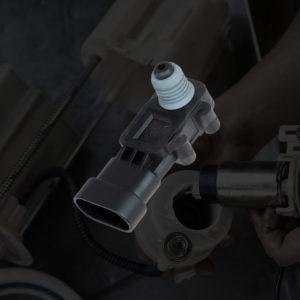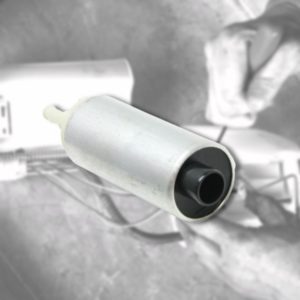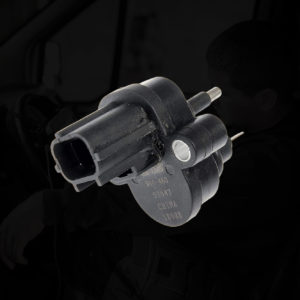It’s crucial to monitor the condition of your evaporative emissions control (EVAP) system because it ensures that fuel vapors from the fuel tank don’t leak out. Like most vehicle systems, it isn’t immune to faults.
P1456 is a trouble code related to a leak in your EVAP system.
What Does the P1456 Code Mean?
Diagnostic trouble code (DTC) P1456 stands for “Evaporative Emissions Control System Leakage Fuel Tank.”
The code is set once the powertrain control module (PCM) detects a minor leak in the EVAP system.
Modern vehicles usually have a “leak detection method” incorporated in their EVAP system. This helps the PCM identify faults and leaks within the system accurately and easily.

To make it easier, the EVAP control system is divided into two: the EVAP canister and the tank. The EVAP canister side covers the area from the EVAP two-way valve to the purge valve. Meanwhile, the tank side refers to the area from the EVAP two-way valve on the way to the fuel tank.
The leak detection process usually comes in two levels and with different thresholds. Once the PCM detects a minor leak based on the data provided in the leak detection process, it’ll trigger the P1456 code.
Note: The definition of the P1456 code can be different depending on the vehicle manufacturer. Consult the appropriate repair manual or repair database for the exact code definition.
What Are the Common Causes of the P1456 Code?
- Missing fuel filler cap
- Debris in the fuel filler cap
- Malfunctioning EVAP two-way valve
- Bad EVAP bypass solenoid valve
- Faulty EVAP canister
- Fuel filler cap is stuck open
What Are the Common Symptoms of the P1456 Code?
- Illuminated check engine light
- Fuel-like smell

How to Diagnose the P1456 Code
The P1456 code can be triggered on various makes and models but there is no universal way to diagnose and clear it. Vehicle systems can be structured differently depending on the auto manufacturer.
If you’re not sure how to diagnose the issue, it’s best to take your vehicle to an auto repair shop for a proper diagnosis. If you’re an experienced DIYer, you can go ahead and do it yourself.
How to Fix the P1456 Code
Resolving a P1456 error code is not easy, especially if you don’t have adequate knowledge on the EVAP system. If that’s the case, your best option is to let a licensed mechanic address the issue for you.
If you’re a seasoned DIYer who’s up for the challenge, make sure you have the right repair guide before you get started. Vehicle-specific guides from resources like Chilton or an ALLDATA subscription might have the information you need to clear this trouble code.
More About EVAP Systems and OBD2
Evaporative systems have been around since about 1970 when California began to require them on vehicles sold in that state. But until OBD2 became standard on all passenger cars in 1996, there was no way (other than smell) to determine whether hydrocarbon vapors were leaking from the fuel tank.
OBD2 systems launched a way of monitoring evaporative emissions systems so that eventually every vehicle emission system is required to detect even the smallest leak in the EVAP system.

Any information provided on this Website is for informational purposes only and is not intended to replace consultation with a professional mechanic. The accuracy and timeliness of the information may change from the time of publication.















